Home>Gardening & Outdoor>Landscaping Ideas>How To Get Rid Of Water Grass In A Lawn
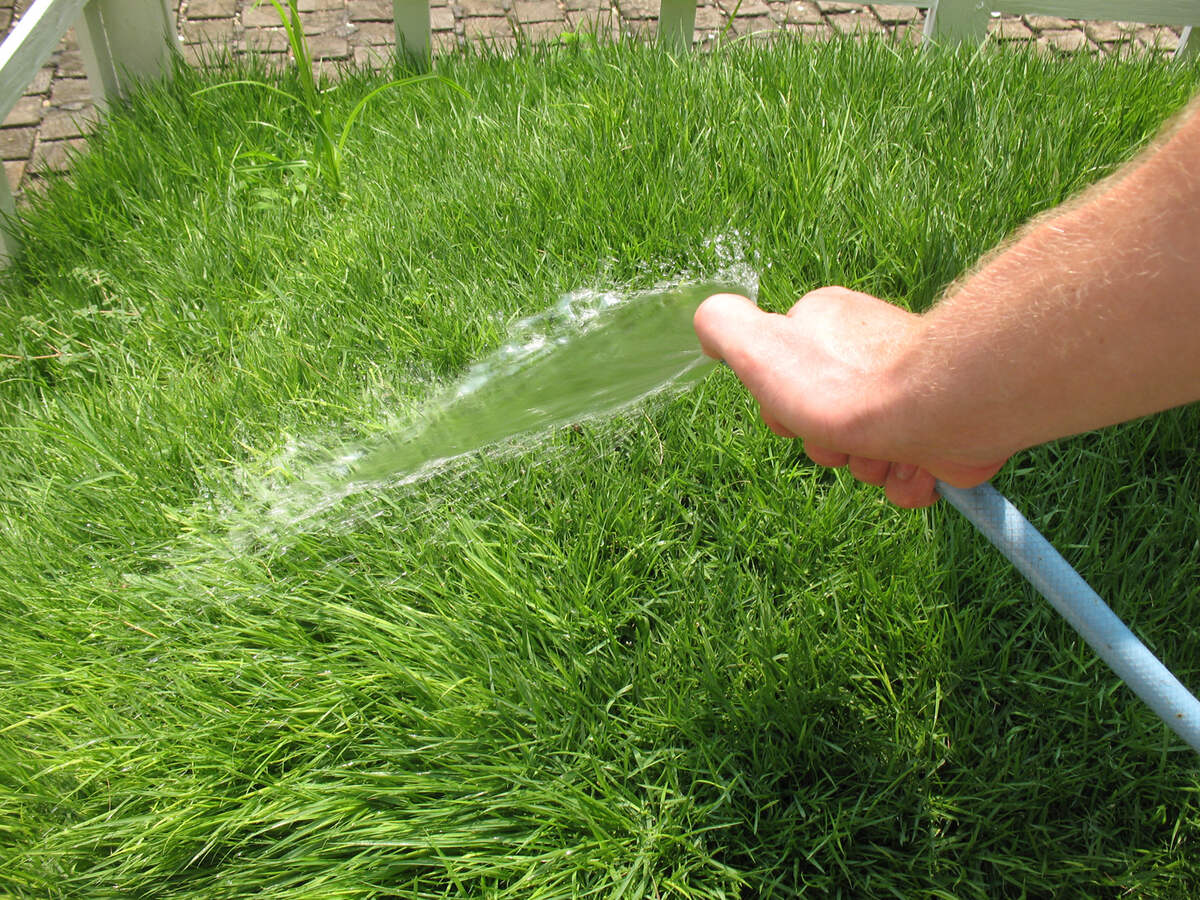

Landscaping Ideas
How To Get Rid Of Water Grass In A Lawn
Modified: March 29, 2024
Learn effective landscaping ideas to remove water grass from your lawn. Discover expert tips and techniques for a lush, weed-free yard.
(Many of the links in this article redirect to a specific reviewed product. Your purchase of these products through affiliate links helps to generate commission for Storables.com, at no extra cost. Learn more)
Introduction
Welcome to the battle against water grass in your lawn. Dealing with this invasive and persistent plant can be a challenge, but with the right strategies, you can reclaim your lawn and restore its lush, green beauty. In this comprehensive guide, we will explore effective methods to get rid of water grass and prevent its re-emergence, allowing you to enjoy a healthy and vibrant lawn once again.
Water grass, scientifically known as Echinochloa, is a common weed that thrives in moist or waterlogged soil. It can quickly spread and overtake your lawn, competing with desirable grass species for nutrients, water, and sunlight. Its rapid growth and resilient nature make it a formidable opponent for any homeowner striving to maintain a pristine lawn.
Fortunately, there are several approaches to combat water grass, ranging from manual removal to herbicide treatments. Each method has its own set of advantages and considerations, and the most effective approach for your lawn will depend on various factors, including the extent of the water grass infestation and your preference for natural or chemical solutions.
By understanding the nature of water grass and implementing targeted removal and prevention strategies, you can take back control of your lawn and create an environment where desirable grass species can thrive. Let’s dive into the details of how to effectively eliminate water grass and promote the healthy growth of your lawn.
Key Takeaways:
- Say goodbye to water grass in your lawn by manually removing it with a garden trowel. This eco-friendly method creates space for healthy grass to thrive without using chemicals.
- Prevent water grass from coming back by promoting the growth of desirable grass species, addressing soil moisture issues, and implementing proactive monitoring. Create a vibrant, resilient lawn with these preventive measures.
Read more: How To Get Rid Of Tufts Of Grass In Lawn
Understanding Water Grass
Before embarking on the journey to eradicate water grass from your lawn, it’s essential to grasp the characteristics and growth habits of this persistent weed. Water grass, also known as Echinochloa, belongs to the Poaceae family and is notorious for thriving in damp, waterlogged environments. Its rapid growth and prolific seeding make it a formidable adversary for maintaining a pristine lawn.
Identifying water grass is crucial for effective management. This weed typically features long, slender leaves and can form dense, tangled mats that smother surrounding vegetation. Its ability to propagate through both seeds and rhizomes enables it to rapidly colonize vast areas of a lawn, outcompeting desirable grass species and disrupting the overall aesthetic appeal of the landscape.
Water grass is particularly resilient, capable of withstanding various mowing heights and regenerating from its rhizomatous roots. Its adaptability to different soil types and moisture levels further contributes to its tenacious presence in lawns and landscapes. Moreover, this weed can thrive in both sunlit and shaded areas, posing a challenge for homeowners striving to maintain uniform grass coverage throughout their lawns.
Understanding the growth patterns and ecological preferences of water grass is essential for developing a targeted approach to its eradication. By recognizing its resilience and reproductive strategies, you can tailor your removal and prevention methods to effectively combat its spread and minimize the likelihood of re-infestation.
As we delve into the strategies for eliminating water grass, keep in mind the tenacity of this weed and the importance of addressing its growth habits to achieve long-term success. With a comprehensive understanding of water grass, you can implement proactive measures to restore the health and visual appeal of your lawn.
Manual Removal
When facing a water grass infestation in your lawn, manual removal can be an effective initial step in regaining control over the affected areas. This method involves physically uprooting the water grass from the soil, providing a targeted approach to weed management without relying on chemical treatments.
Before initiating manual removal, it’s essential to equip yourself with the necessary tools, including a sturdy garden trowel or weeding tool. Begin by identifying the areas where water grass has encroached upon your lawn, paying close attention to its distinctive long, slender leaves and dense growth patterns. With the appropriate tools in hand, carefully loosen the soil around the base of the water grass and gently lift the weed from the ground, ensuring that you extract as much of the root system as possible to minimize regrowth.
While manual removal can be labor-intensive, especially for extensive infestations, it offers several advantages. By directly addressing the presence of water grass in your lawn, you can effectively reduce its population and create space for desirable grass species to flourish. Additionally, manual removal eliminates the need for chemical herbicides, aligning with natural and eco-friendly lawn care practices.
However, it’s important to exercise caution during manual removal to prevent unintentional damage to surrounding grass and vegetation. Take care to target water grass specifically, avoiding the disturbance of desirable plants and grasses in the process. Additionally, consistent monitoring and follow-up removal sessions may be necessary to address any regrowth or missed weeds, ensuring thorough eradication of the water grass from your lawn.
While manual removal serves as a proactive approach to combatting water grass, it is most effective when combined with other management strategies to prevent re-infestation. By integrating manual removal with preventive measures and targeted herbicide treatments, you can enhance the overall efficacy of your weed management efforts and promote the long-term health and vitality of your lawn.
To get rid of water grass in a lawn, manually pull out the grass and its roots, or use a herbicide specifically designed to target grassy weeds. Be sure to follow the instructions on the herbicide label for best results.
Herbicide Treatment
For homeowners seeking a more comprehensive approach to eradicating water grass from their lawns, herbicide treatments offer an effective and targeted solution. Herbicides formulated specifically for grassy weeds, such as selective grass herbicides, can be utilized to combat the persistent growth of water grass while minimizing impact on desirable grass species.
Prior to applying herbicides, it is crucial to carefully read and follow the product instructions, ensuring proper dilution and application methods. Selective grass herbicides are designed to selectively target grassy weeds while sparing broadleaf plants, providing a tailored approach to weed management that minimizes collateral damage to desirable lawn vegetation.
When applying herbicides to address water grass infestations, it is advisable to choose a time when the weed is actively growing and not under stress, typically during its peak growing season. This allows the herbicide to be absorbed more effectively, maximizing its impact on the targeted weed population.
It is important to exercise caution when using herbicides, adhering to safety guidelines and environmental considerations. Avoid applying herbicides on windy days to prevent unintended drift onto desirable vegetation, and refrain from over-application to minimize the risk of environmental contamination. Additionally, consider the potential impact on non-target organisms and take measures to protect beneficial insects and wildlife in the surrounding area.
While herbicide treatments offer an efficient means of controlling water grass, it is essential to approach their use with a long-term perspective. Integrating herbicide treatments with preventive measures, such as promoting optimal lawn health and implementing cultural practices that discourage weed growth, can help minimize the reliance on chemical interventions and contribute to sustainable weed management strategies.
By judiciously applying selective grass herbicides and incorporating them into a holistic weed management plan, homeowners can effectively target water grass infestations and create an environment conducive to the flourishing of desired grass species. When used responsibly and in conjunction with other management practices, herbicide treatments can play a valuable role in restoring the health and visual appeal of lawns affected by water grass.
Preventing Water Grass Re-Growth
After implementing strategies to eliminate water grass from your lawn, it is crucial to focus on preventing its re-growth and re-infestation. By adopting proactive measures and promoting a healthy lawn environment, you can minimize the likelihood of water grass returning and maintain the long-term vitality of your landscape.
One effective approach to preventing water grass re-growth is to promote the robust growth of desirable grass species. This can be achieved through proper lawn care practices, including regular mowing at the appropriate height for your grass variety, adequate watering to maintain optimal soil moisture levels, and fertilization to support the health and vigor of your lawn. By fostering the competitiveness of desirable grasses, you create an inhospitable environment for water grass to establish itself, reducing the risk of re-infestation.
Furthermore, addressing any underlying issues that contribute to waterlogged or excessively moist soil can help deter the re-emergence of water grass. Improving soil drainage, aerating compacted areas, and addressing irrigation practices can contribute to creating an environment that is less conducive to the growth of water grass, thereby reducing the likelihood of its return.
Regular monitoring of your lawn for any signs of water grass regrowth is essential for early intervention. By promptly addressing any emerging weeds and implementing targeted removal or spot treatments, you can prevent the establishment of new water grass colonies and maintain the integrity of your lawn.
Implementing a thick layer of mulch in garden beds and around landscape features can serve as a natural barrier against water grass encroachment. Mulch not only helps to suppress weed growth by blocking sunlight and hindering seed germination but also contributes to moisture retention and soil insulation, creating a favorable environment for desirable plants while impeding the spread of invasive weeds.
Lastly, staying informed about local weed management practices and regulations can provide valuable insights into effective strategies for preventing water grass re-growth. By leveraging community resources and expert guidance, you can enhance your weed management efforts and contribute to the overall health and sustainability of your lawn and surrounding landscape.
By integrating these preventive measures into your lawn care routine, you can fortify your landscape against the re-establishment of water grass and create an environment where desirable grass species can thrive, ensuring the long-term beauty and resilience of your lawn.
Read more: How To Get Rid Of Bad Grass In Lawn
Conclusion
As you navigate the challenges posed by water grass in your lawn, it’s important to approach its management with a comprehensive and proactive mindset. By understanding the nature of water grass and implementing targeted removal and prevention strategies, you can reclaim the health and visual appeal of your landscape while fostering the growth of desirable grass species.
Manual removal serves as an initial line of defense against water grass, allowing you to directly address the presence of this weed while minimizing the reliance on chemical interventions. By carefully uprooting water grass and monitoring for regrowth, you can make significant strides in reducing its population and creating space for the flourishing of desirable grasses.
Herbicide treatments offer an effective means of controlling water grass infestations, providing a targeted approach to weed management that minimizes impact on desirable lawn vegetation. When used judiciously and in conjunction with preventive measures, herbicides can play a valuable role in restoring the health and visual appeal of lawns affected by water grass.
Preventing water grass re-growth is paramount for sustaining the long-term vitality of your lawn. By promoting the robust growth of desirable grass species, addressing soil moisture issues, and implementing proactive monitoring and preventive measures, you can fortify your landscape against the return of water grass and create an environment conducive to the flourishing of healthy, vibrant grasses.
Ultimately, the battle against water grass requires a multi-faceted approach that encompasses targeted removal, preventive measures, and a commitment to fostering the health of your lawn. By integrating these strategies into your lawn care routine, you can overcome the challenges posed by water grass and cultivate a landscape that exudes beauty and resilience.
With persistence, informed decision-making, and a dedication to sustainable lawn care practices, you can triumph over water grass and create an environment where your lawn thrives, providing a source of pride and enjoyment for you and your family.
Frequently Asked Questions about How To Get Rid Of Water Grass In A Lawn
Was this page helpful?
At Storables.com, we guarantee accurate and reliable information. Our content, validated by Expert Board Contributors, is crafted following stringent Editorial Policies. We're committed to providing you with well-researched, expert-backed insights for all your informational needs.
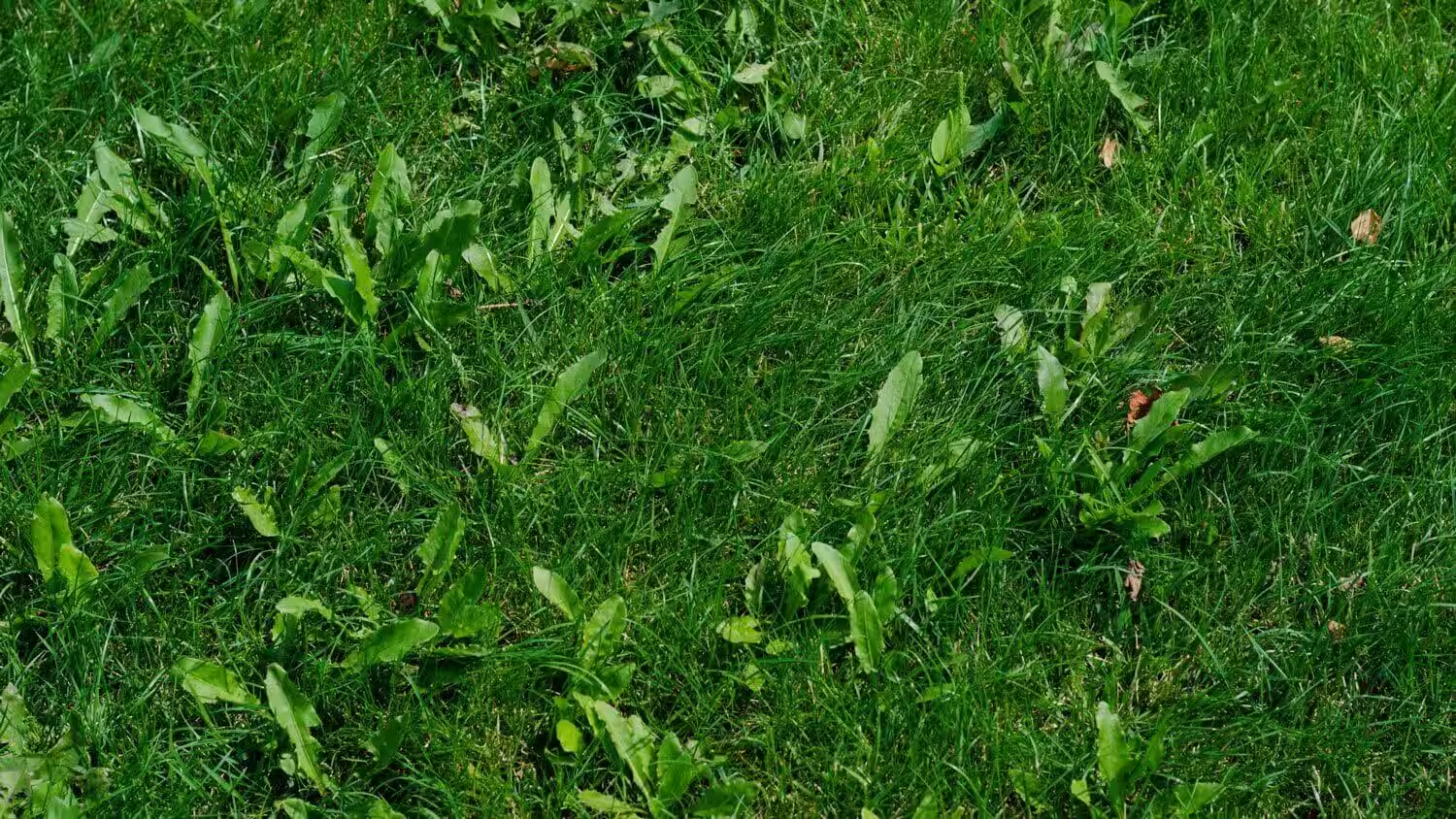
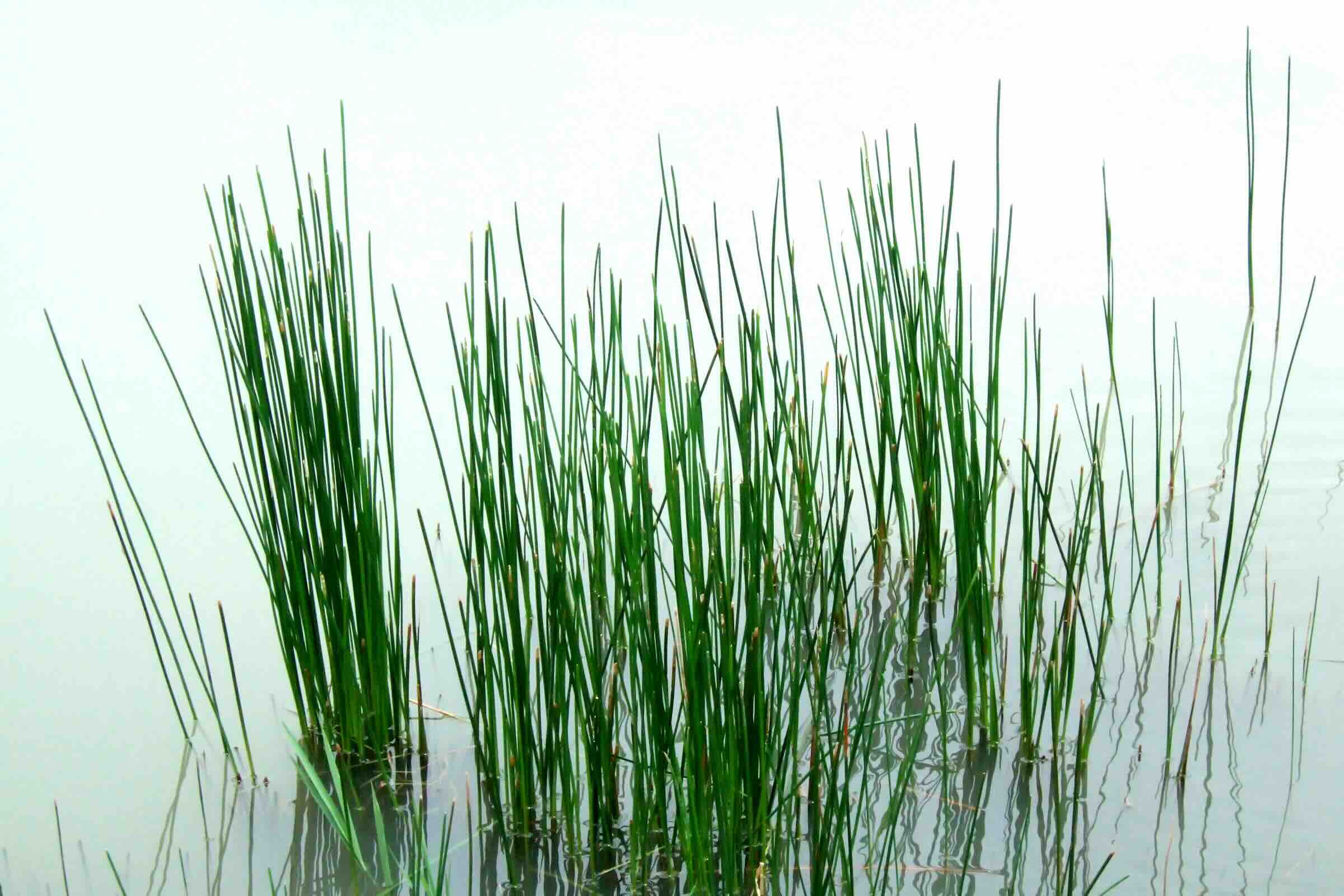
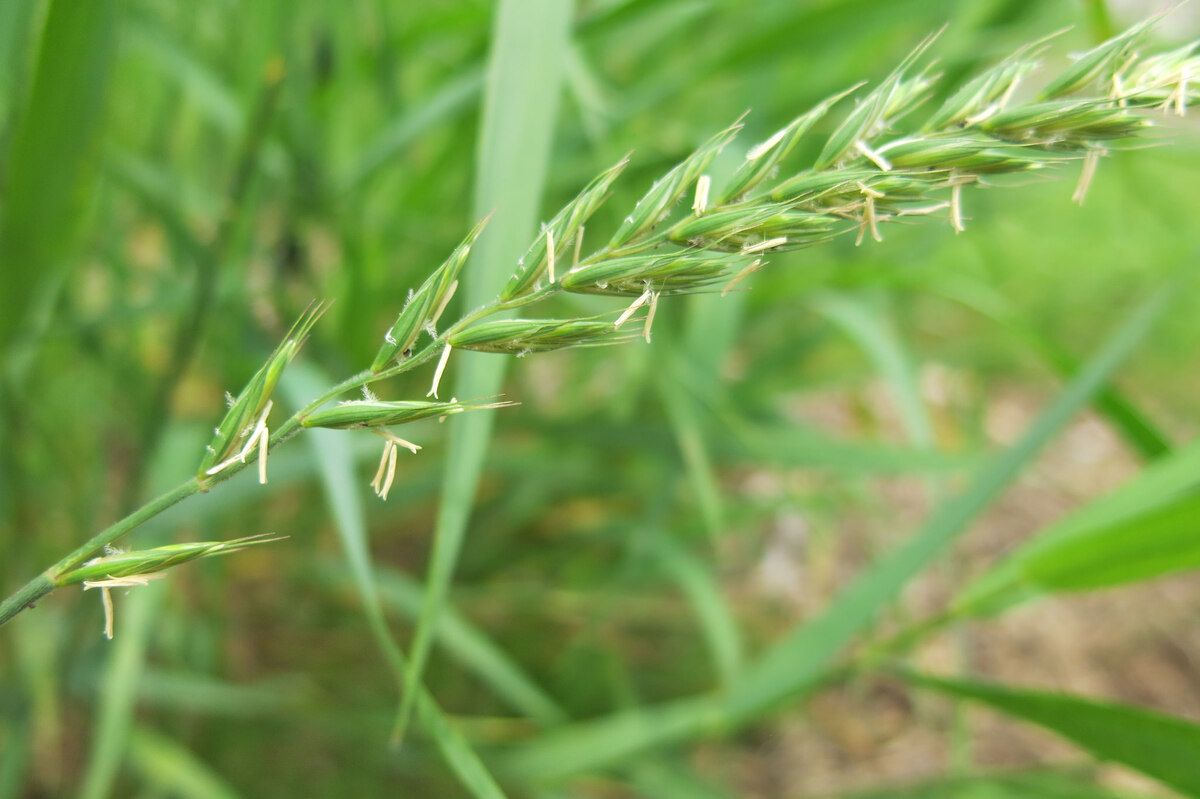
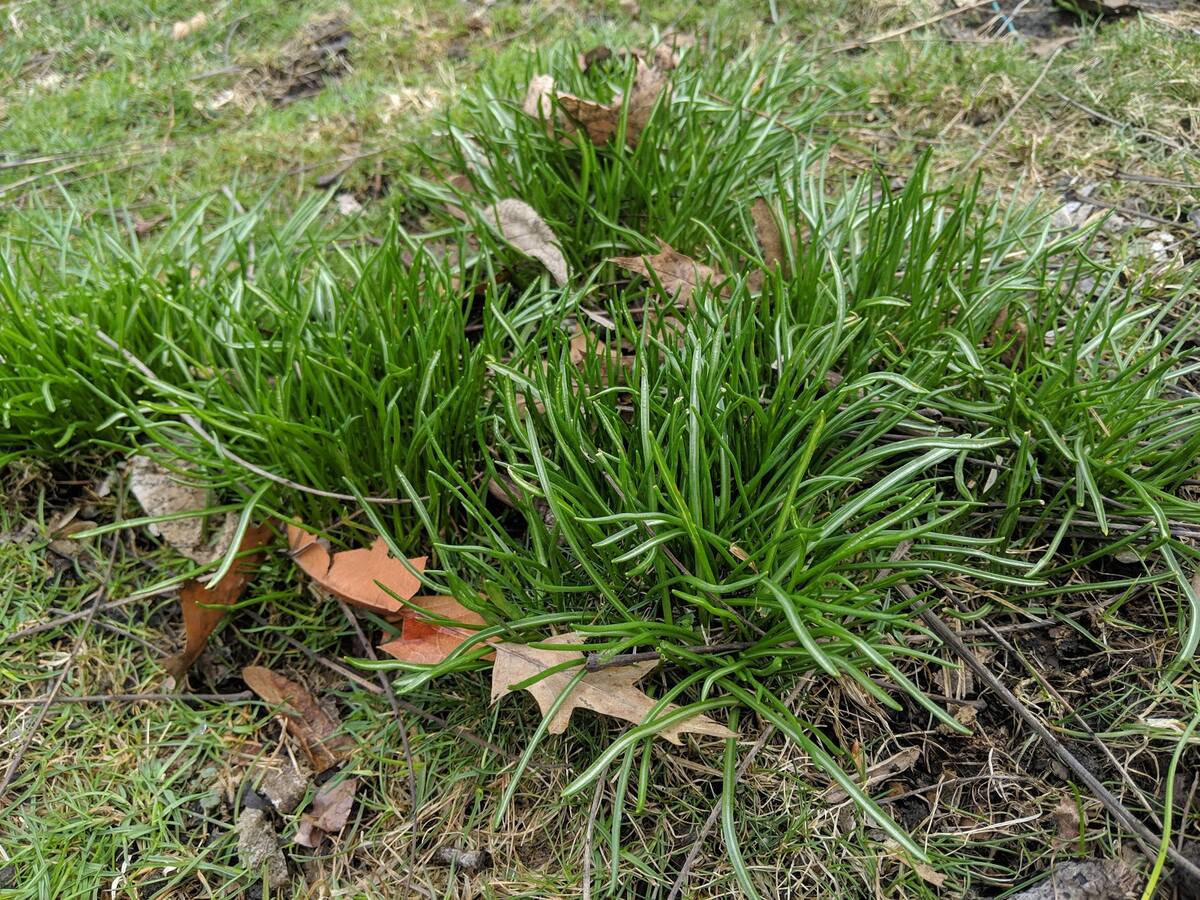
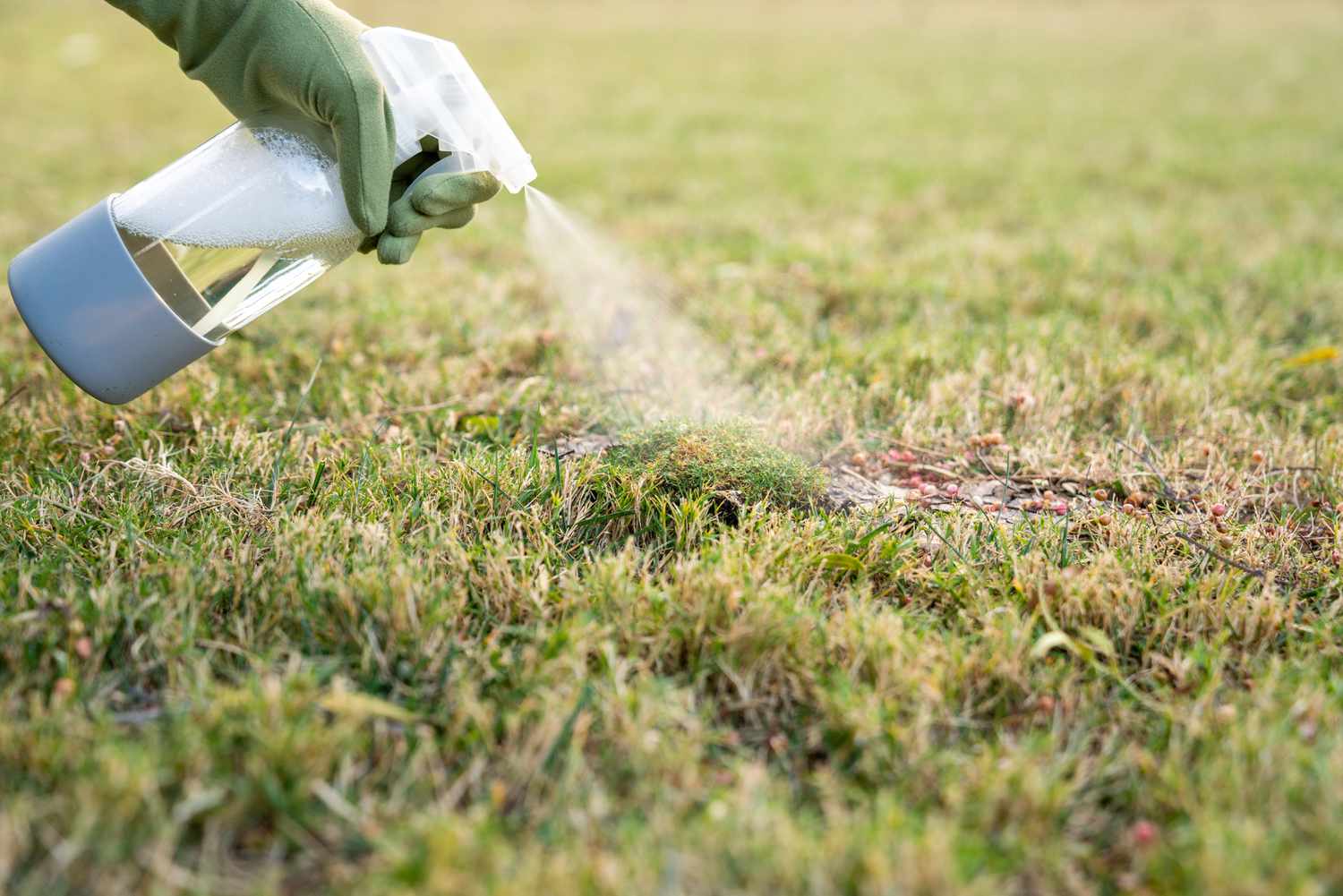


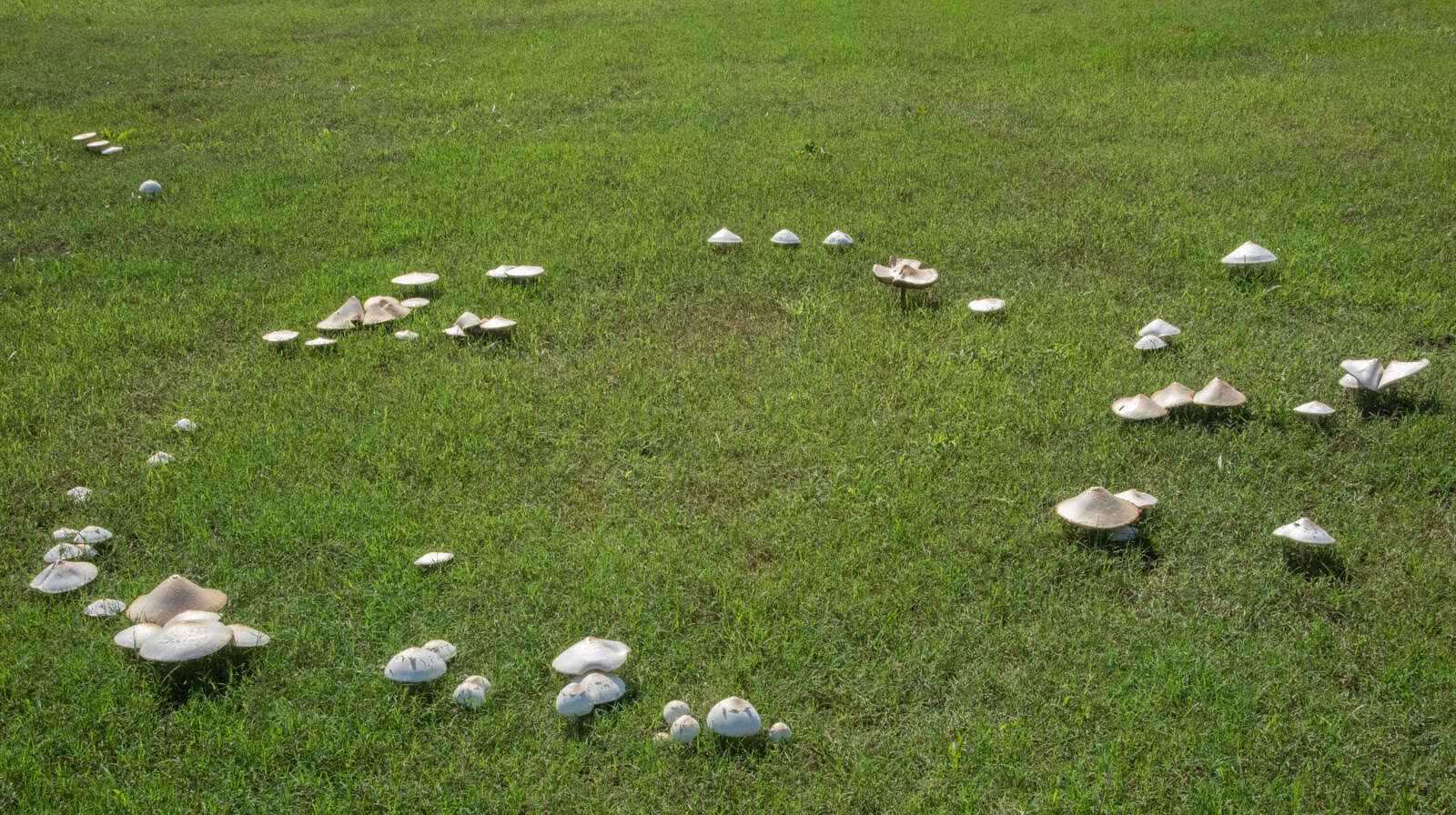







0 thoughts on “How To Get Rid Of Water Grass In A Lawn”